ChBE Department Update - Spring 2016
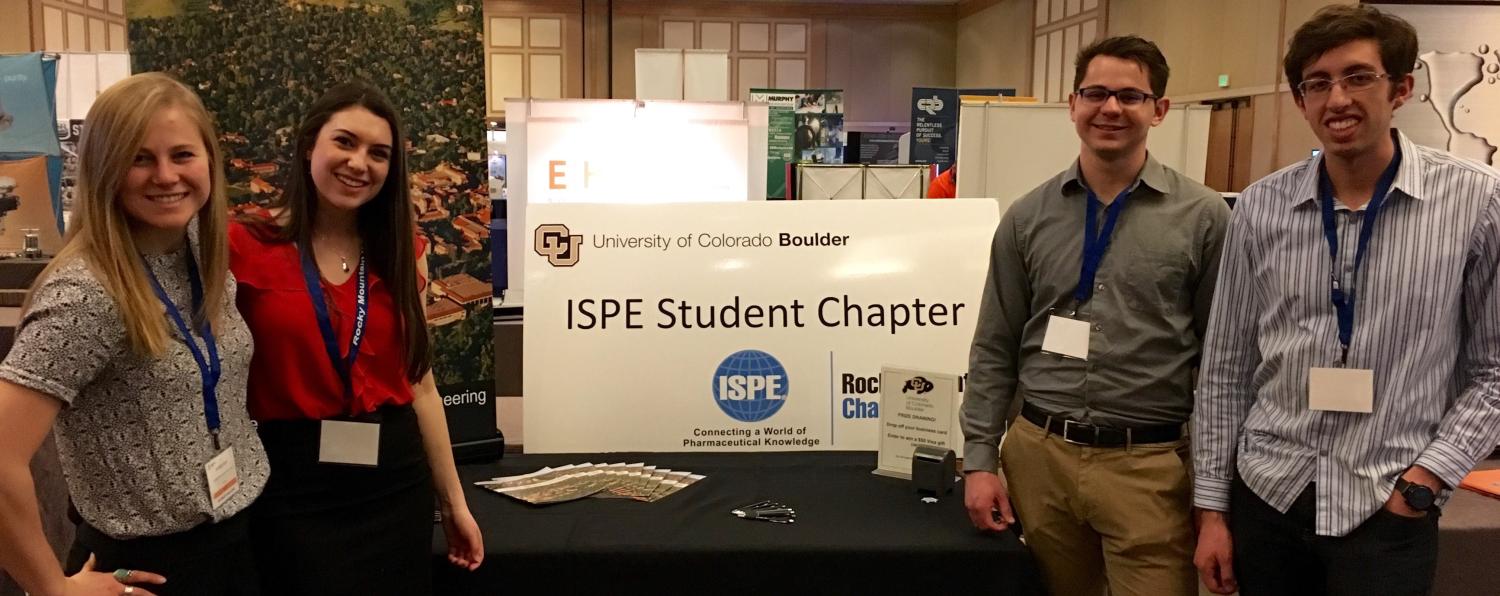
Student Interests Spur New Societies
As chemical and biological engineering grows to encompass more and more emerging fields, students are looking to extracurricular groups to enrich classroom learning. While well-established CU chapters of the American Institute of Chemical Engineers (AIChE) and the Society of Women Engineers (SWE) continue to be popular, ChBE students are also founding more specialized societies.
The Biomedical Engineering Society (BMES), for example, draws students from disciplines across the university.
“Because there is no biomedical major at CU, BMES provides the means to meet with fellow students who share the same interests but have a different background,” says President Mackenzie Belden. “The club is full of students with the same motivation — to improve healthcare.”
Students also formed a chapter of the International Society of Pharmaceutical Engineers (ISPE) in 2014 to address growing interests in biotechnology.
“The most valuable part of ISPE is the immense amount of networking opportunities with industry-relevant people and companies,” says President Isabelle LiVigni. “Also, members learn more about different parts of the biotechnology field and potential areas to focus in.”
One of the largest student groups on campus, the CU Energy Club, was founded in 2009 to bring together students from across campus who share an interest in energy topics. The club hosts a popular annual conference at CU called Energy Frontiers.
Longstanding groups also provide immense networking and learning opportunities to students. The CU chapters of AIChE and SWE both travel to conferences twice a year, host networking events, schedule tours and bring in industry speakers. AIChE also boasts a Chem-E-Car team and a brew team.
Whether through newer or more established groups, students have more opportunities than ever to prepare themselves for careers beyond CU.
>>View our Top 15 Societies for ChBE Students
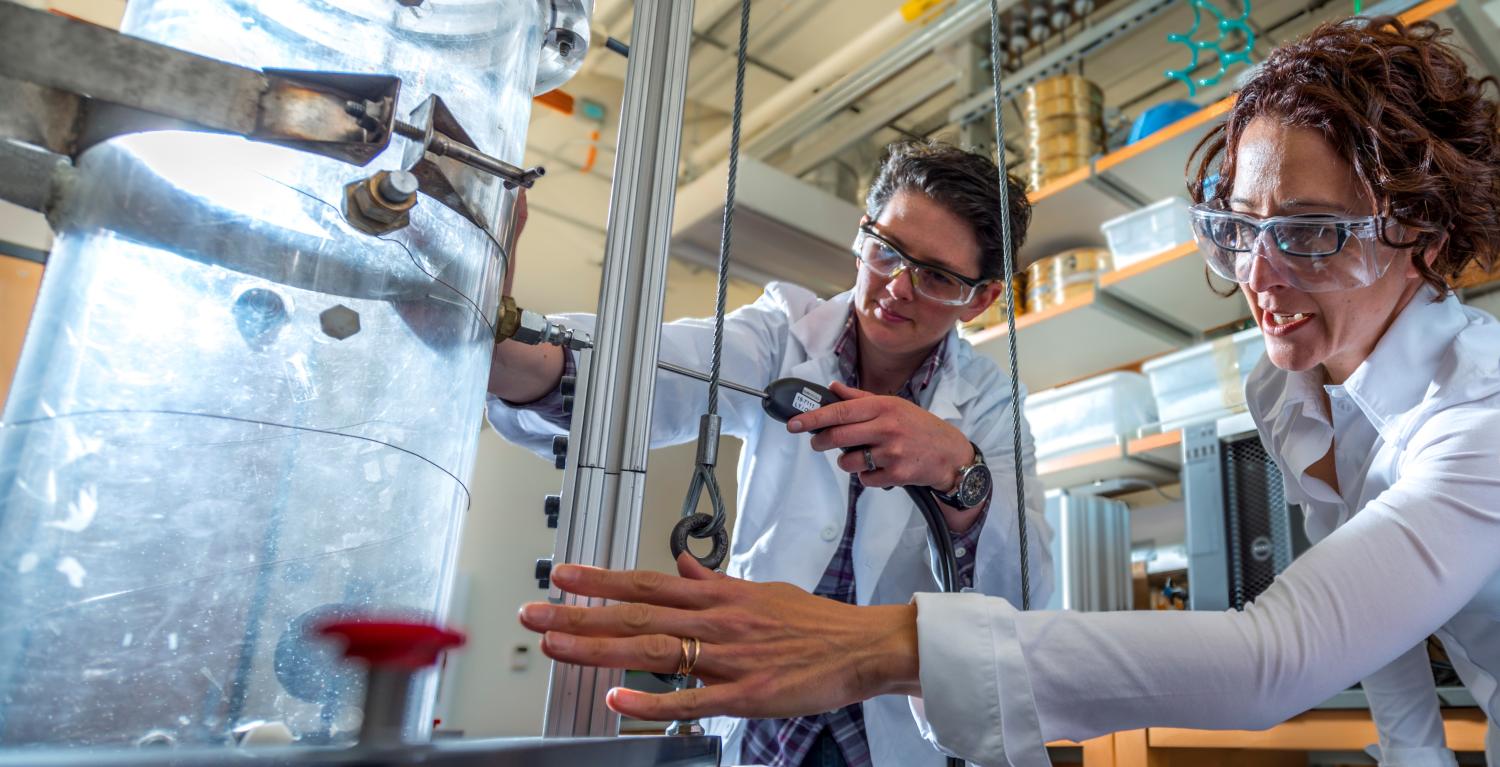
Christine Hrenya: Predicting Particle Flows
If you have ever poured flour into a bowl and ended up with a thin layer covering your counter, you understand the difficulty of controlling these small cohesive particles.
What if you were trying to transport 500 pounds of flour through small tubing or fluidize it in a reactor?
“Cohesive particles, where van der Waals forces are stronger than those of gravity, can be difficult to move,” says ChBE Professor Christine Hrenya, who has been investigating granular and complex flow problems for decades. “But they are great fun to model.”
Hrenya’s group has been doing just that for a $1.5 million industry-sponsored grant to simulate cohesive particles in fluidized beds. Because low flow velocities can lead to vertical channeling and high velocities can result in entrainment of agglomerates, flow velocities must be optimized.
But what if your particles are less like flour and more like sugar? For instance, Hrenya’s group is also investigating using non-cohesive solid particles as a heat transfer fluid in concentrating solar power (CSP) plants. These granular materials are more stable and efficient at higher temperatures than the salt-based fluids currently employed.
Hrenya has been interested in solid flows since college. “As an undergraduate student, I was always interested in fluid mechanics but never really studied solids as a type of complex fluid. Yet, they are very prevalent in nature – avalanches, the rings of Saturn, transporting grains, pharmaceutical handling. I wanted to start developing general models of solid-based fluids which could be applied to all these different systems. My group is always trying to probe what is happening at the particle level and build up models from there.”
>>Read about Hrenya’s role as Chair of the 2016 AIChE Annual Meeting
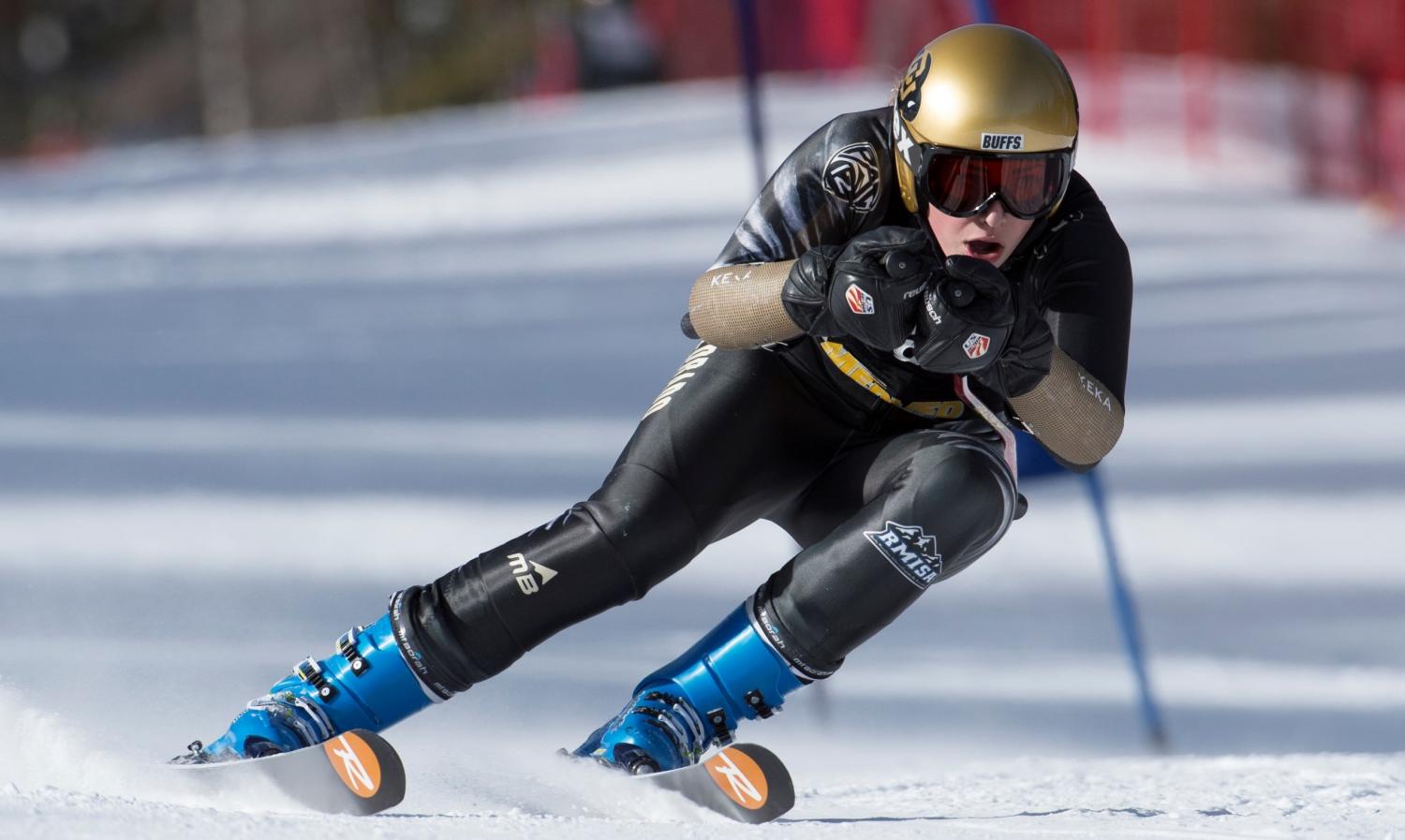
Worth Her SALT: ChBE Senior Clare Wise Breaks Ground in Pac-12
Senior Clare Wise is accustomed to making fresh tracks.
Wise, a chemical and biological engineering major from Wenatchee, Wash., competes in slalom and giant slalom events for the University of Colorado ski team.
In October, Wise also became the first chairwoman of the Pac-12’s new Student-Athlete Leadership Team (SALT), where she’ll advocate and vote on matters of importance to the 7,000 student-athletes across the conference.
“Personally, I’m hoping that through the insight that the SALT committee is able to give the Pac-12 and NCAA, we’ll be able to ensure that each student-athlete is successful both in their sport and academically,” Wise said.
Wise is intimately aware of the challenges of balancing a rigorous degree with Division I athletics.
In season, Wise skis five days a week: Saturdays, Sundays, Thursday evenings and early mornings on Wednesday and Friday, when she wakes at 4:45 a.m. to prepare. She also has video review, conditioning and ski work on top of her demanding class schedule.
Nevertheless, she is a three-time member of the Division I National All-Academic Ski Team, recognizing those who maintain a cumulative 3.5 GPA and participate in the Rocky Mountain Intercollegiate Ski Association Championships.
>>Read Dave Clough’s thoughts on Wise
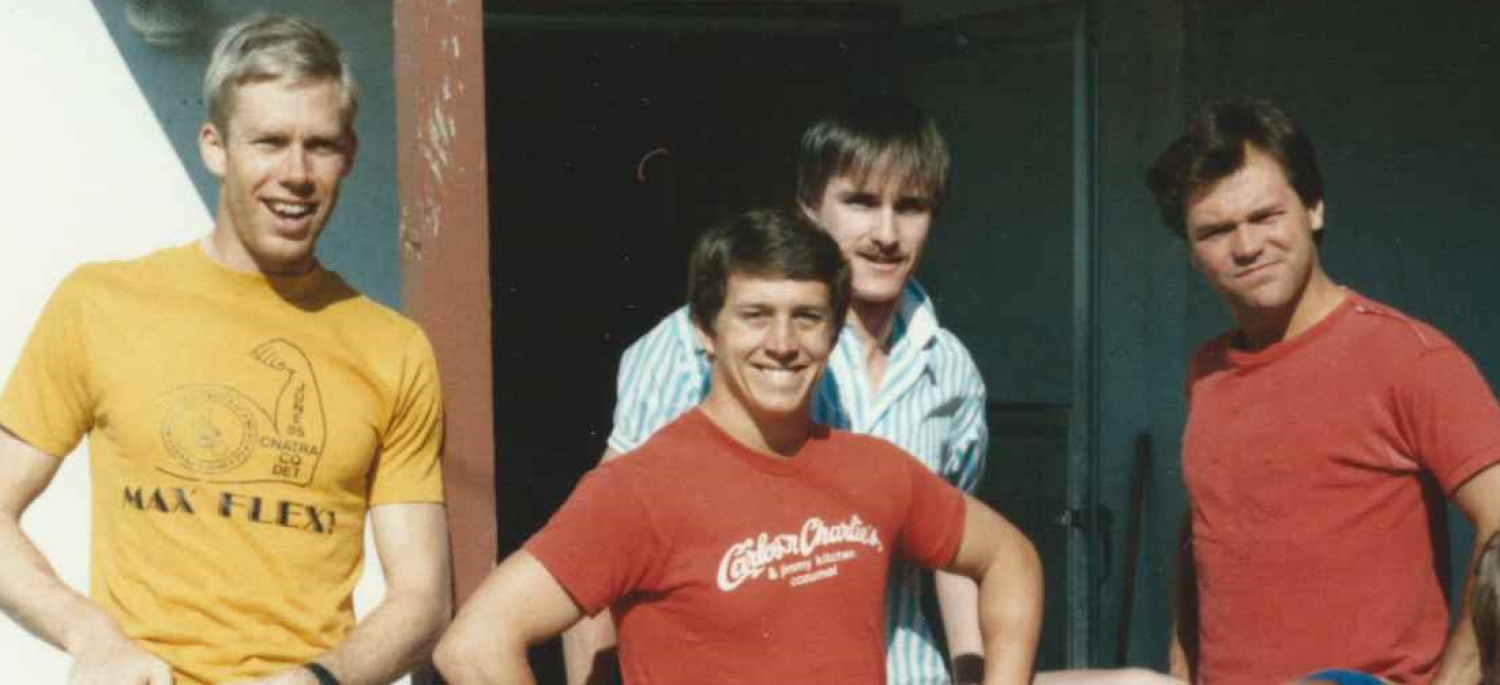
Mike McAtee Earns Distinguished Engineering Alumni Award
CU Boulder alumnus Mike McAtee (center left) wasn’t particularly interested in science as a high school student at Columbine High School. In fact, he reluctantly enrolled in chemistry his junior year only because he knew his preferred colleges would expect science courses on his transcript.
More than 30 years later, McAtee credits that class, and the dutiful instruction of teacher Wayne Vargo, for setting him on the path to success as a chemical engineer.
“It completely changed my perspective on what I wanted to do,” McAtee said.
The spark that ignited in that high school classroom has led McAtee to a rewarding 32-year career with BASF Corporation culminating in his current position as senior vice president of engineering and maintenance for North America; opportunities to live and travel abroad; and now, recognition as one of the 2016 Distinguished Engineering Alumni Award recipients. McAtee will formally accept the award at a banquet April 22.
Honors & Awards
Professor Kristi Anseth, along with Andrea M. Kasko, Mark W. Tibbitt, April M. Kloxin and Balaji Sridhar, was issued a U.S. patent in November for photodegradable groups for tunable polymeric materials.
Professor Chris Bowman, along with Brian A. Adzima and Christopher J. Kloxin, was issued a U.S. patent in November for photoinduced alkyne-azide click reactions.
Professor Hendrik Heinz and colleagues received the Swiss Chemical Society’s 2016 Sandmeyer Award for experimental and modeling studies of a new commercial organic additive for the grinding of inorganic solids.
Professor Christine Hrenya and co-PI Thomas Hauser of research computing received an 18-month award of $686,000 from the Department of Energy for flow simulations. Read more about Hrenya’s work in this newsletter.
Professor Al Weimer won the 2015 AIChE Research Excellence in Sustainable Engineering Award in recognition of his transformational contributions to the production of sustainable hydrogen by splitting water using concentrated sunlight.
PhD candidate and Chatterjee group member Keesha Erickson won a competitive 2016 Dean’s Graduate Student Research Grant Award for her proposal, “Discovery of novel drug targets for eradication of multi-drug resistant infectious pathogens.”
Junior Jace Blackburn won the Genentech Outstanding Student Award, securing a $2,500 award and an internship at Genentech’s San Francisco location.
Wiemer group member Vanessa Witte won third place in the 2015 Undergraduate Student Poster Competition at the AIChE Annual Meeting in November.
Letter from Chair Dan Schwartz
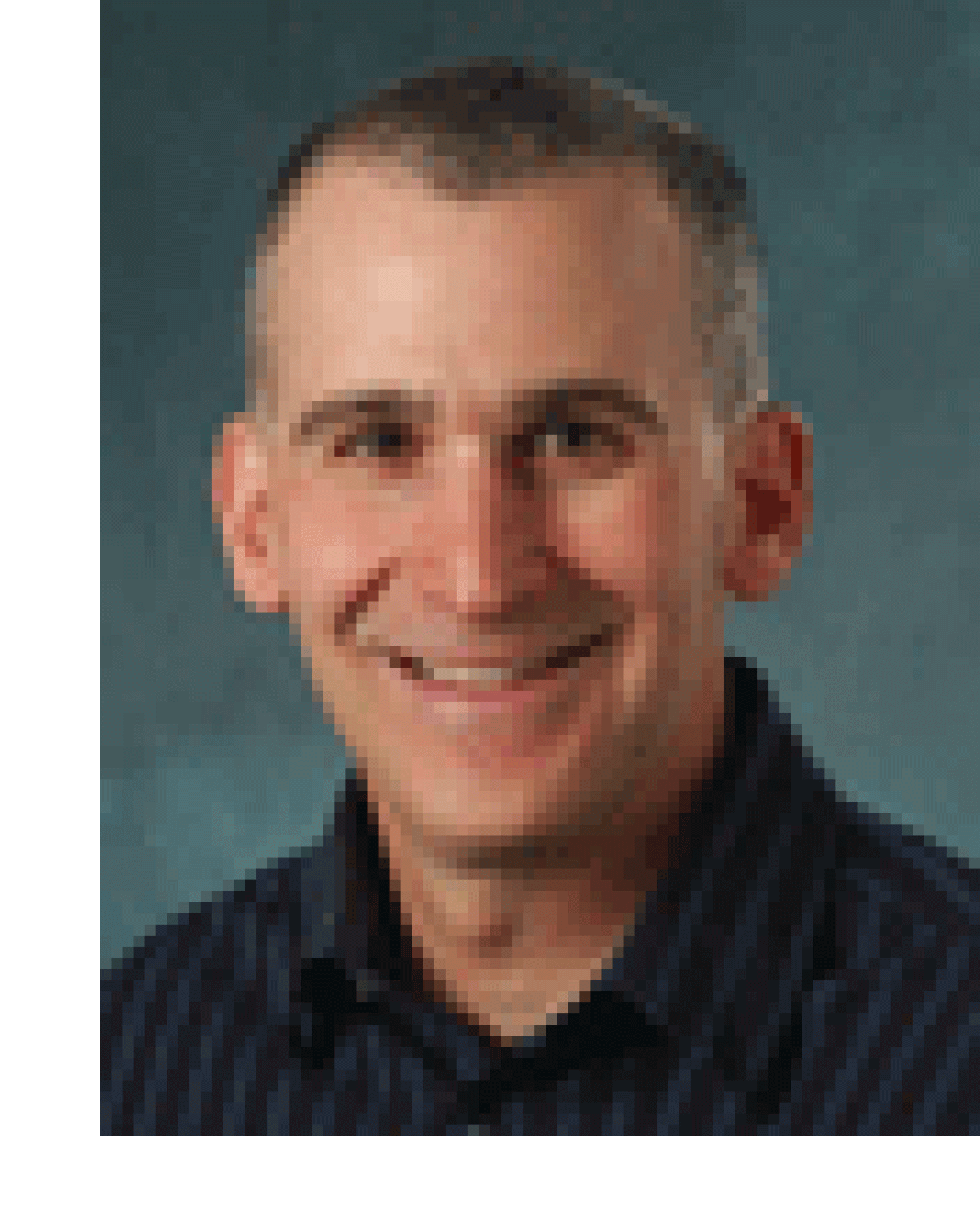
As we looked back, we found that we had made great progress in some focus areas of the previous plan (research productivity, faculty governance) and steady progress in others (department ranking, alumni engagement, faculty hiring). In yet other areas, progress has been slow to come (graduate student enrollment, corporate philanthropy). Interestingly, unforeseen issues have arisen that were not addressed in the previous plan, most notably the extraordinary growth in our undergraduate enrollment. So we reserved a conference room, brainstormed “measureable outcomes” and broke into focus groups to hash out “action items”.
What were some of the highlights? We wrestled long and hard with the question of how best to maintain the quality of teaching in the face of increased undergraduate enrollment and how to support the career development of our junior faculty in this challenging environment. We also talked a lot about the success of our graduate student and postdoctoral researchers and how we can improve their experience in the department. And as often happens, we didn’t leave enough time to complete the final topic, an updated long-term faculty hiring plan, so we agreed to schedule a follow-up to address it. Nevertheless, some very good ideas were proposed and adopted. For example, we are going to develop comprehensive course packages to enable our junior faculty to more easily adopt the sophisticated pedagogical approaches developed by more experienced professors. As always, the planning process helped pull us together into a team that is better prepared to address the challenges the next five years will throw at us.
Upcoming Events
March 10
Energy Frontiers 2016
10 a.m. – 5 p.m. at the UMC
March 31
Alternative Energy Panel Discussion
Co-host: AIChE Rocky Mountain Section
5:30 p.m. at JSCBB A115 Reception to follow.
April 22
51st Annual Engineering Awards Banquet Touchdown Club at Folsom Field
May 6
Engineering Recognition Ceremony
9 a.m. at Coors Events Center
May 7 Commencement
8:30 a.m. at Folsom Stadium
>>More alumni events
Quick Bits
Assistant Professors Prashant Nagpal and Anushree Chatterjee’s nanotherapy against antibiotic-resistant “superbugs” was highlighted by the ABC Evening News and Nature Materials.
Dean Robert Davis plans to step down in June 2017 and will rejoin the ChBE department as a faculty member. Davis is enthusiastic about returning to research and teaching.
Professor Christine Hrenya was appointed Associate Editor for the AIChE Journal while Hendrik Heinz was appointed Associate Editor for RSC Advances.
Professor Chris Bowman’s click nucleic acid research was highlighted on the cover of Angewandte Chemie.
Class Notes
Let us know what you’ve been up to! Send us a class note or update your contact information using our easy online form.
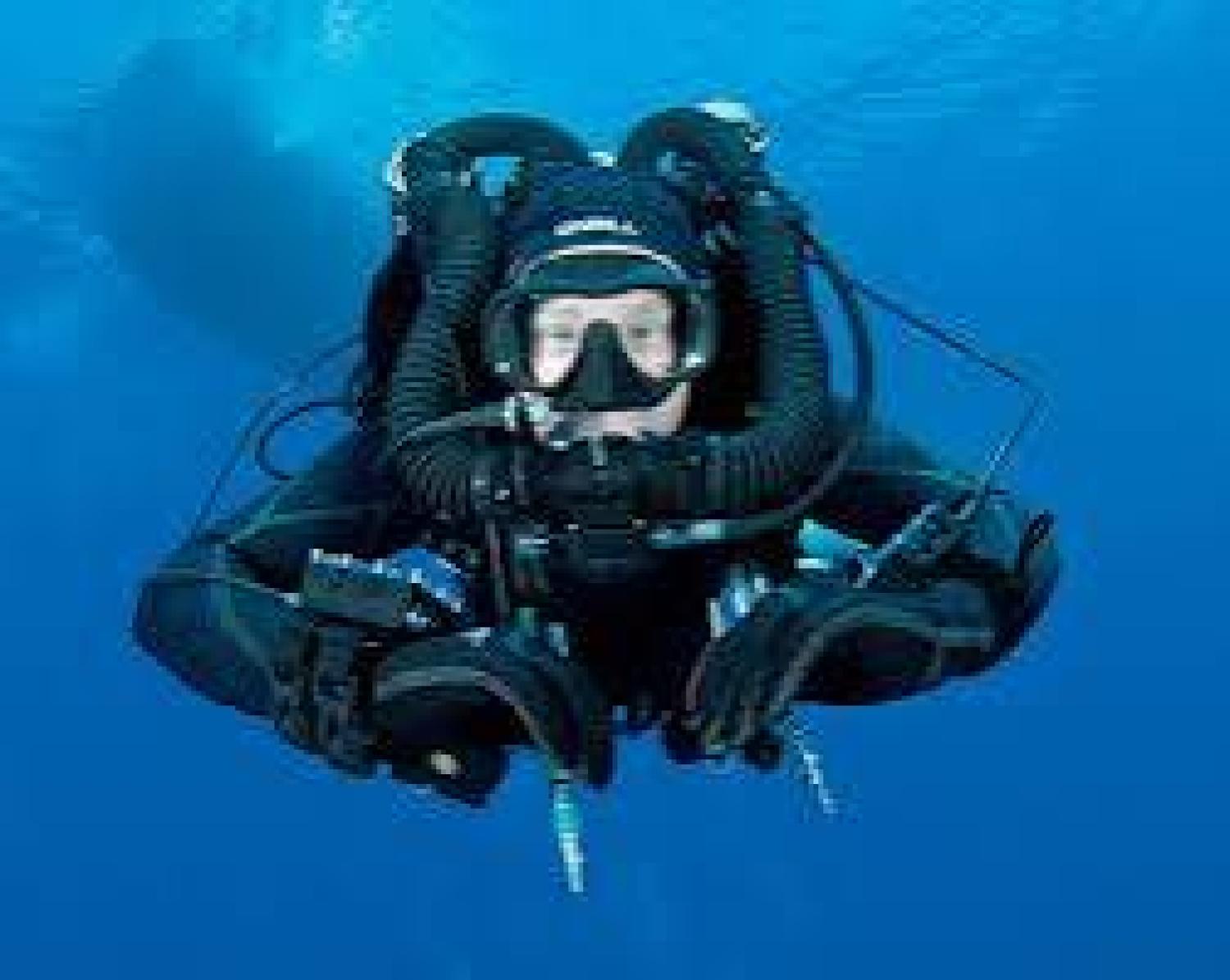
Dr. Mark Fredrickson (ChemEng ’78), a physician and chemical engineer, is involved in managing spinal cord injury, stroke and traumatic brain injuries in Midland, Texas. Outside of work, his passion is technical diving: deep SCUBA dives of more than 200 feet using a trimix rebreather apparatus. The setup, which mixes oxygen, nitrogen and helium, allows divers like Fredrickson to remain underwater for several hours and reach depths beyond the reach of conventional SCUBA.
Penny Martens (PhD ChemEng ’02; Advisor: Anseth) has been promoted to Associate Dean of Research and Training for the Faculty of Engineering at UNSW Australia. She also retains her regular academic appointment in the Graduate School of Biomedical Engineering, where she has worked since 2003.

